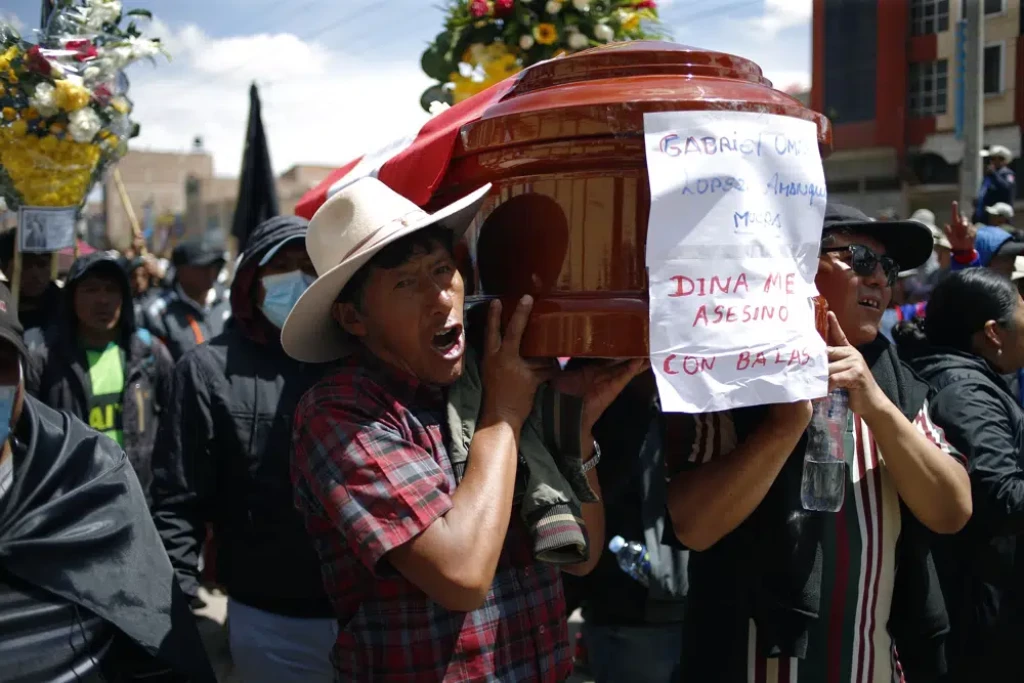Peru Crisis: Protests Turn Deadly
Peru is currently facing its worst outbreak of violence in over 20 years, as clashes between security forces and protesters have left at least 40 people dead. The protests, which began in December 2022, have been sparked by calls for fresh elections and government accountability.
What sparked the protests?
The latest round of protests began in December 2022, following the impeachment and arrest of former president Pedro Castillo on multiple corruption charges and for an attempted “coup.” Castillo’s impeachment and arrest was followed by the ascent of his former vice-president, Dina Boluarte, to the presidency. However, many Peruvians view Boluarte as an illegitimate leader, and have called for fresh elections to allow the people to choose their own leader. Boluarte has so far been unwilling to step down, and has only agreed to hold “early” elections in 2024, rather than the scheduled 2026.
Government response adding fuel to fire
The Boluarte government’s response to the protests has only served to fuel the anger of the protesters. Allegations of undue and excessive force by the government have been widespread, with reports of live rounds being fired at protesters and smoke bombs being dropped from helicopters. Human rights groups have also condemned the government’s actions, with Amnesty International Peru’s executive director Marina Navarro stating that “the escalation of violence taking place in Peru is unacceptable. State repression against demonstrators and the loss of human lives is exacerbating the crisis.”
The nature of the protests
While the government has been criticized for its handling of the protests, it is important to note that the protesters themselves have also been responsible for acts of violence. Reports of stone-pelting, vandalism, and arson have been reported across the country, with protesters blockading highways, setting government and business buildings on fire, and invading airports. These actions have caused tens of millions of dollars in damage and lost revenue.
The impact on tourism
Peru is one of South America’s biggest tourist destinations, with visitors from across the world attracted to the country’s natural beauty and archaeological heritage. The tourism industry contributed nearly 4% of Peru’s total GDP in 2020, and employed nearly 8% of the population, according to OECD iLibrary. However, the protests have brought the industry to a near standstill, as prospective visitors fear for their safety.
Location of the protests
While protests have been seen across the country, the worst of the violence has been reported from Peru’s long-marginalized, left-leaning south. This region, which is largely indigenous, has long been overlooked by successive governments and is now demanding greater representation and resources.
In conclusion, the situation in Peru is dire, with the country in the grip of its worst outbreak of violence in over 20 years. The root cause of the protests is the people’s desire for fresh elections and government accountability, however, the government’s response to the protests has only served to fuel the anger of the protesters. The violence has also had a significant impact on the country’s tourism industry, which is a significant contributor to the economy. It is crucial that a peaceful resolution to the crisis is found soon, before the situation deteriorates further.
Month: Current Affairs - January, 2023
Category: International / World Current Affairs


